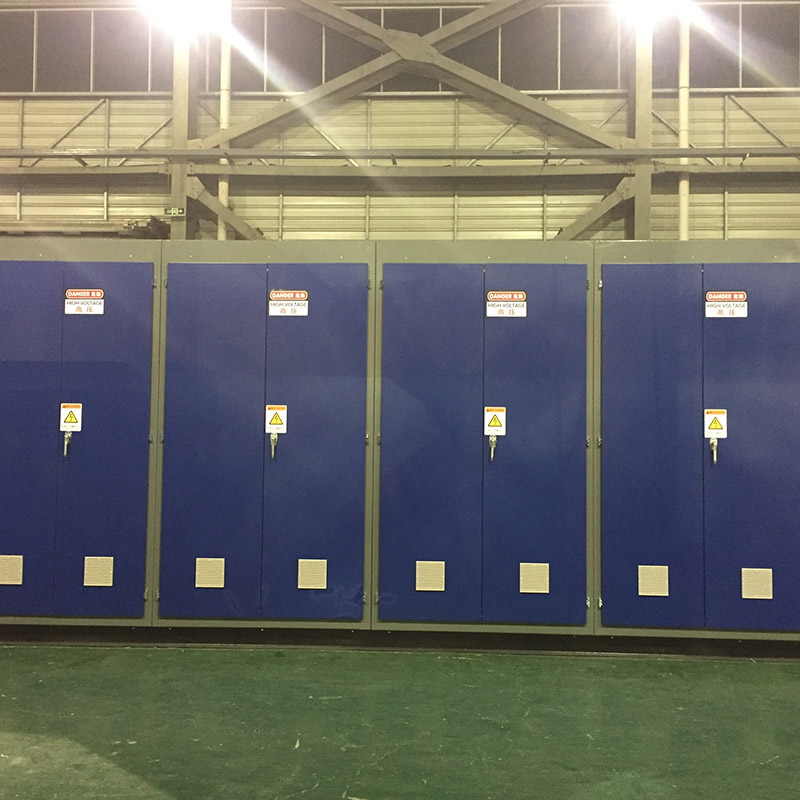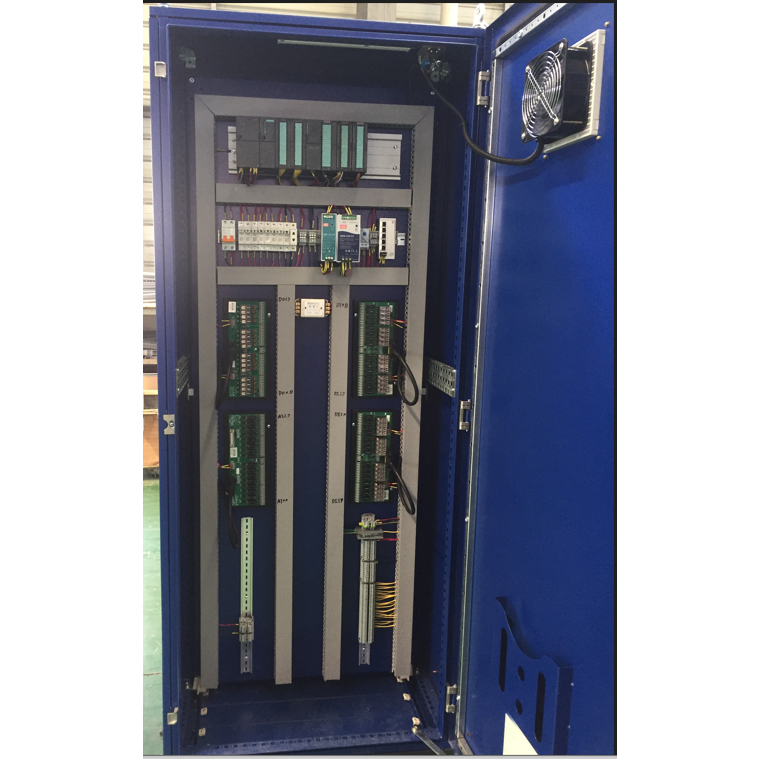This blog is the tenth in a series of 11 blogs on commodity market developments, elaborating on themes discussed in the October 2022 edition of the World Bank’s Commodity Markets Outlook.
The World Bank’s Metal and Minerals Price Index recovered in January 2023, up nearly 20% from October 2022, but remains below its March 2022 peak. China’s reopening following its “Zero COVID” policy reversal along with measures to stimulate its property sector have raised optimism regarding the demand for industrial commodities. Metal prices have also been supported by expectations of improved global activity and lower energy prices. Aluminium Rotary Furnace Manufacturers

China’s reopening, along with optimism regarding economic activity, is lifting demand for metals. China’s decision to relax “Zero COVID” restrictions and introduce policies to support its struggling property sector has led to an uptick in construction sector activity and boosted demand for metals, especially copper, nickel, and zinc. The increase in domestic activity is evident in the rise of China’s manufacturing purchasing managers index (PMI), which reached 50.1 in January 2023, up from 47 in December 2022. The recent metal price spike follows a year-long period of weakness caused by China’s COVID restrictions and a downturn in the real estate sector. Despite the improved metal demand prospects, financial concerns on China’s housing industry could limit the extent of the recovery.
Metal prices have been supported by recent developments in monetary conditions. Inflationary pressures began to ease toward the end of 2022, which supported a slower pace of interest rate hikes by monetary authorities. For example, the U.S. Federal Reserve slowed the pace of monetary policy tightening in its December 2022 and January 2023 meetings. Furthermore, the U.S. dollar, which strengthened by almost 14% through October 2022, moderated in the last quarter of 2022 and into 2023. These developments have improved prospects for economic activity and thus supported a partial recovery in metal prices.
Lower energy prices have reduced input costs for energy-intensive metals. The prices of natural gas and coal, key inputs for metals such as aluminum and zinc, have declined considerably. Europe and U.S. natural gas prices had dropped by 70% and 60%, respectively, from their August 2022 peaks by January 2023. Coal prices dropped nearly 30% during this period. (Warmer-than-expected weather and high natural gas inventories in Europe have kept energy prices in check.) Lower energy costs bolstered supplies of several metals, especially aluminum, and zinc, amid low inventories.
Senior Agriculture Economist, Development Economics Prospects Group
Senior Economist with the World Bank’s Prospects Group

Cheap Smelting Furnace This site uses cookies to optimize functionality and give you the best possible experience. If you continue to navigate this website beyond this page, cookies will be placed on your browser. To learn more about cookies, click here.